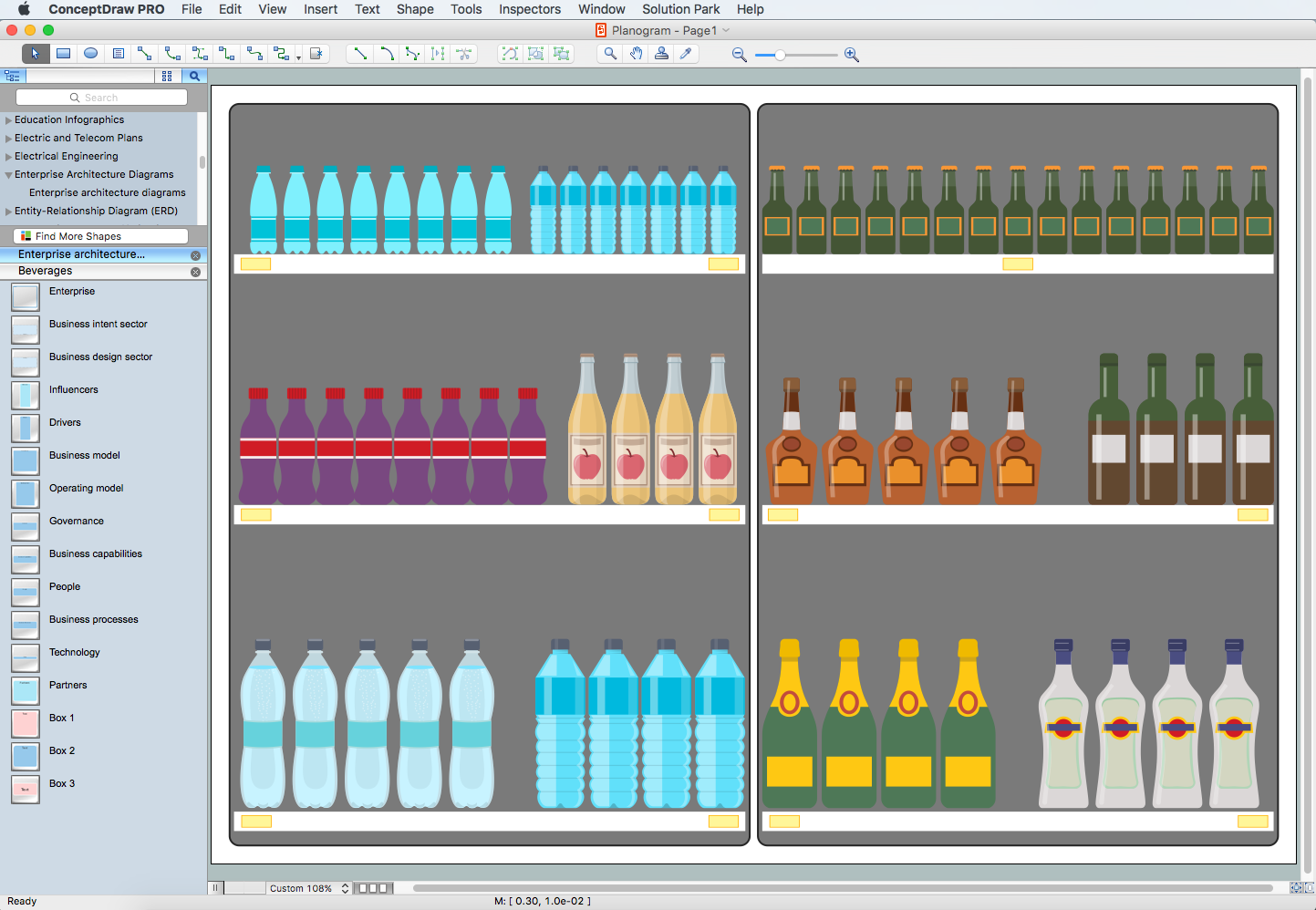

It might have been faxed, I think, instead of Xeroxed, Tom. The Dairy Queen is still here and the paper planogram is certainly still out in circulation. Tom was painting the picture and I think the Buick Skylark, that was probably the only thing in that story that doesn’t exist anymore. Can I hear your take on that, Andrew? Are you still seeing this or have you seen this with the retailers you’ve worked with?Ībsolutely. People are still back in the ’70s almost, using paper planograms today, which is totally ancient. I think the big connection here that we’re making with One Door is that it’s still happening. And you know the phrase, they say, “Oh, this person peaked in high school or peaked in college.” I think Kmart as an entity, it went from innovating this paper planogram, being the top of the retail food chain, and I think we can all pretty much agree that it peaked back then and no longer continued to blow us away. And then you drove home, in your Buick Skylark and I guess went to the Dairy Queen on your way home and got something, but that was your job. It was so different from what everybody else was doing. And so they used this way of communicating to their associates. They were the first ones to figure out that if you optimally placed products in a particular place, in a store, you could sell more. It was the first time, 1971, Kmart invented the technology of the paper planogram. And you went around the store and you set the shelves for your summer job using this diagram. I guess they really didn’t even have print outs back then, right? Did they have Xerox machines in 1971? I don’t know. And so as a store associate, you would get a paper print out of a planogram or a paper diagram. And the planogram was this far out, out of sight thing that Kmart used to figure out where to put products optimally in the stores. In 1971, there was this really cool innovation at Kmart called a planogram. You got in your parents’ Buick Skylark and you put on the AM radio and you headed into the store.

You were working at Kmart for your summer job. The retail in the ’70s, you were what? You were a high school student. Tell me a little bit about what it was like many years ago as a retail merchandiser in the ’70s. We’re going to take you back a little bit to the 1970s talking about retail.

We’re here today with Tom Erskine, the CEO of One Door and Andrew Smith, a retail consultant, innovative thinker and author.


 0 kommentar(er)
0 kommentar(er)
